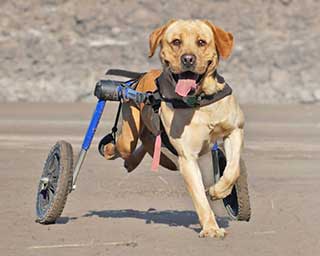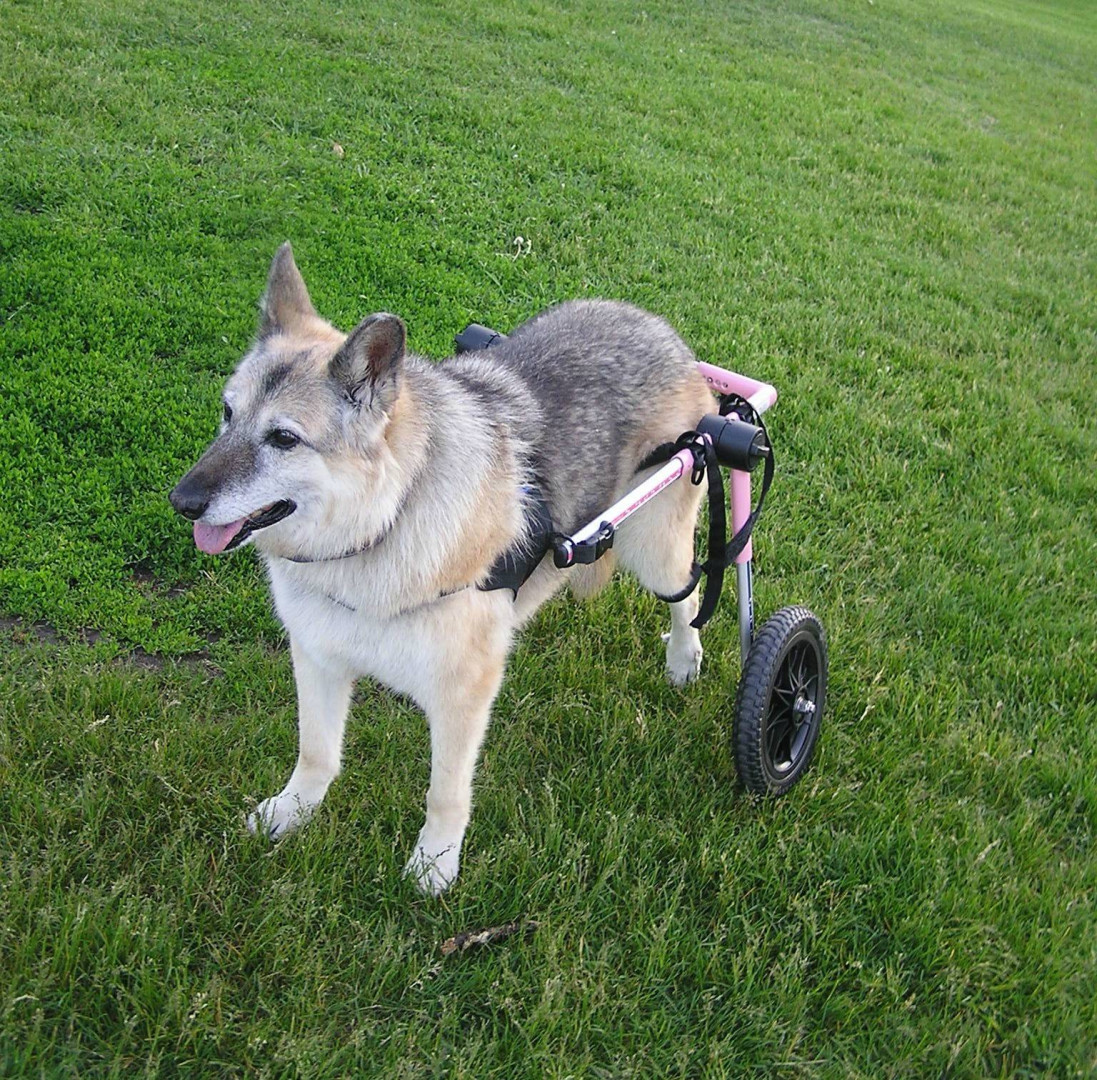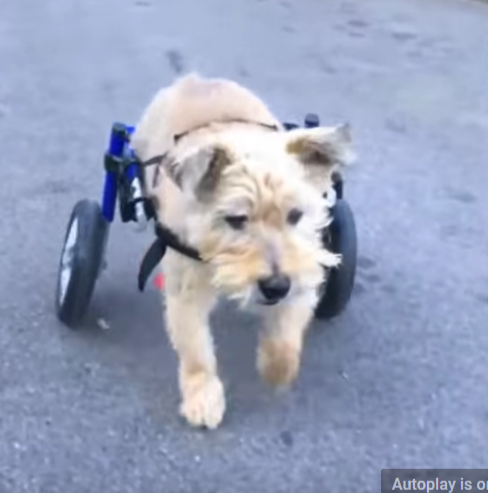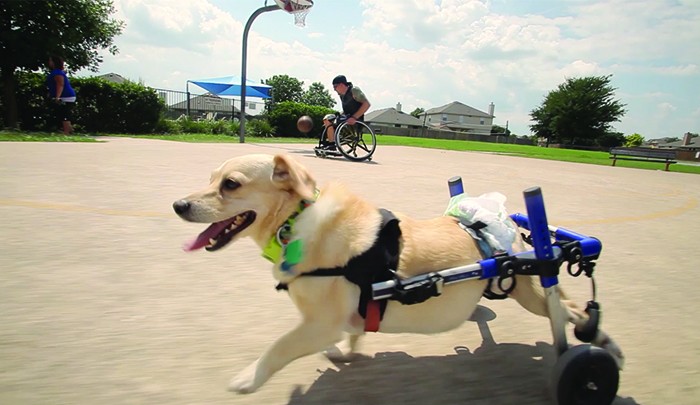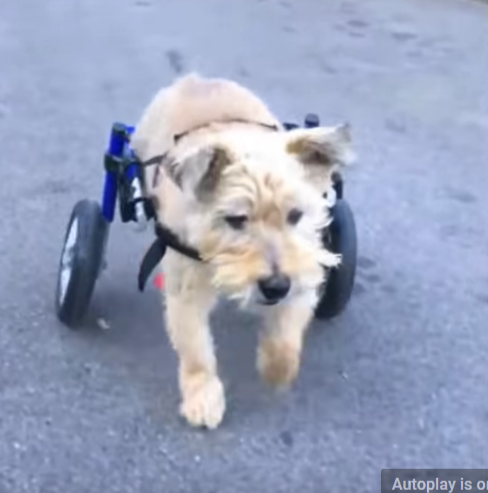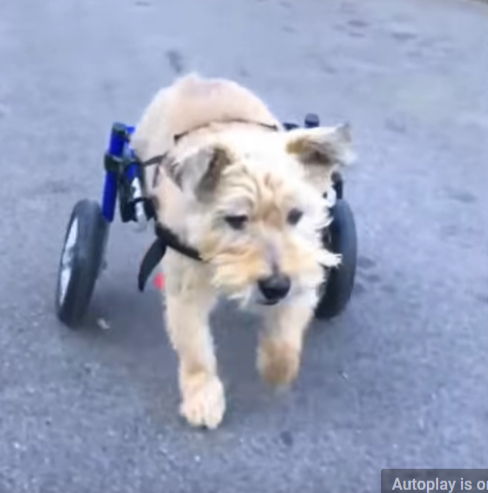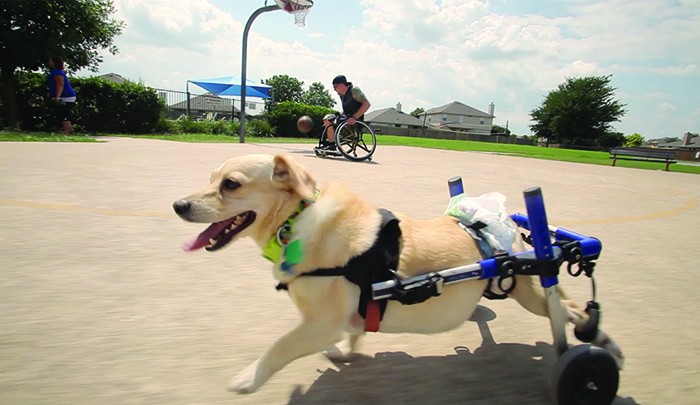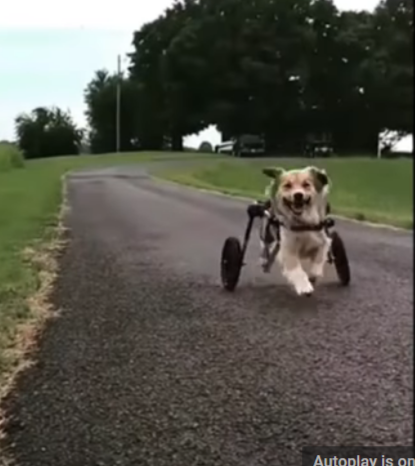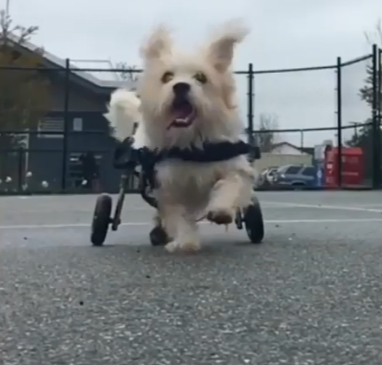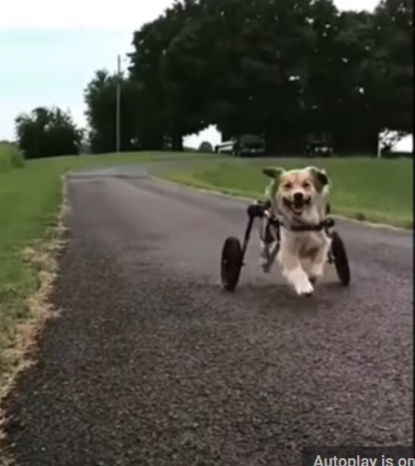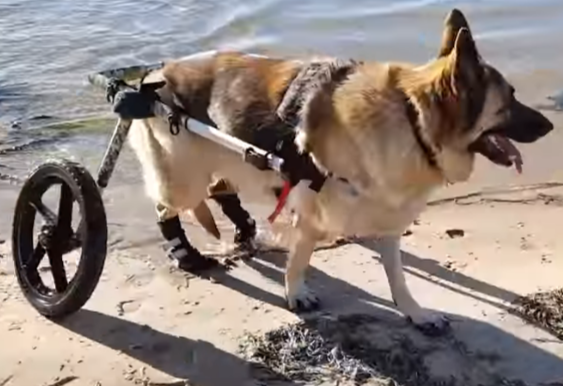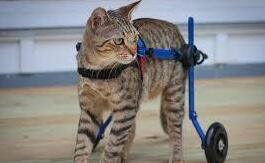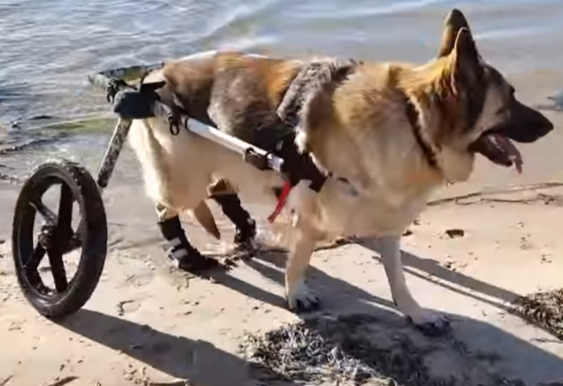
Dog wheelchair wheels are designed to provide mobility assistance to dogs with limited or impaired movement due to arthritis, hip dysplasia, spinal cord injury, neurological disorders, and other conditions.
Dog wheelchair wheels come in various shapes, sizes, and styles to accommodate different breeds and sizes of dogs. They are typically made from durable materials such as aluminum, steel, and plastic, and feature adjustable straps and handles for easy maneuvering. Depending on the type of wheelchair, wheels can also be inflated with air or filled with heavy-duty foam for added comfort.
Dog wheelchair wheels can be used to help a dog with limited mobility move around more easily and safely. These wheels can also be used to help a dog who is recovering from surgery or an injury to get around without putting too much strain on its body. Depending on the type of wheelchair, a dog may also be able to use the wheels to climb stairs and move around on different surfaces.
In addition to providing mobility assistance, dog wheelchair wheels can also provide psychological benefits for a dog. Dogs that are unable to move around as freely as they used to can become depressed and discouraged, but having access to a wheelchair can help keep them active and engaged. The wheelchair can also help a dog stay independent and maintain their dignity, which can help keep its spirits high.
Dog wheelchair wheels can be a great way to provide mobility assistance and psychological benefits to a dog. They are typically designed to be durable and adjustable, so they can be used safely and comfortably by a wide range of dogs.
Click Here to Get Your Free Mobility Guide Now!
